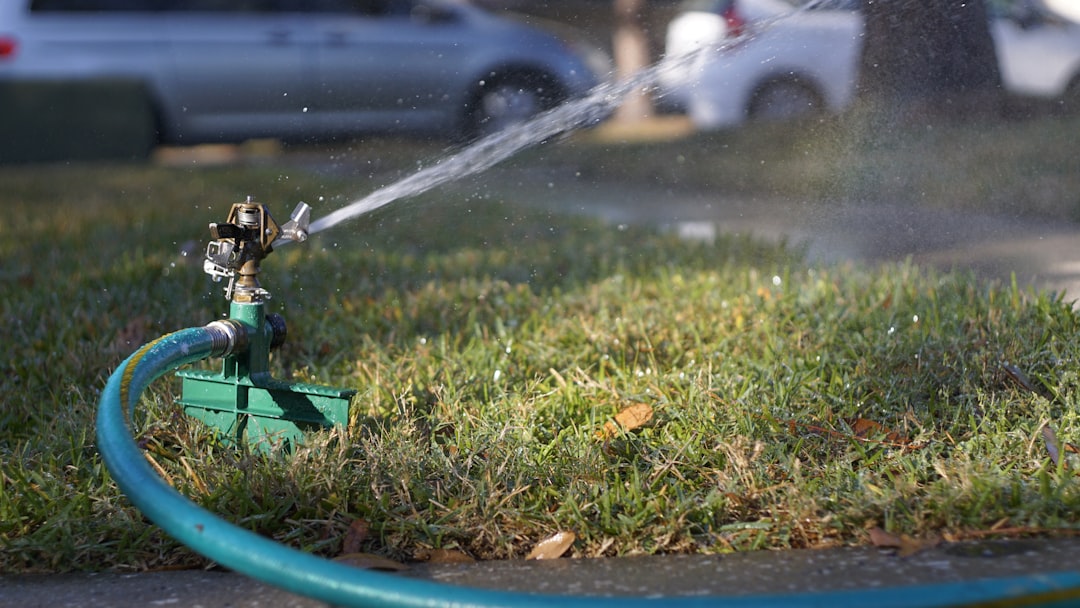
As you drive down the highway, the wind whipping through your hair, the last thing on your mind is the condition of your windshield. But, in reality, a cracked or damaged windshield can be a major safety concern. In fact, a study by the National Highway Traffic Safety Administration (NHTSA) found that windshields play a crucial role in preventing accidents and injuries. So, what happens when your windshield is damaged, and how can you ensure your safety on the road?
First and foremost, it’s essential to understand the importance of windshields in maintaining vehicle safety. Windshields are designed to absorb and distribute the force of impact in the event of a collision, protecting occupants from injury. In fact, a windshield that is in good condition can reduce the risk of injury by up to 30%. Moreover, windshields also help to prevent debris and other objects from entering the vehicle, which can cause distractions and increase the risk of accidents.
So, what happens when your windshield is damaged? If you notice a crack or chip in your windshield, it’s essential to address the issue promptly. A small crack may seem insignificant, but it can quickly spread and compromise the structural integrity of the windshield. In fact, a study by the Insurance Institute for Highway Safety (IIHS) found that windshields with cracks or chips are more likely to shatter in the event of a collision, increasing the risk of injury.
In addition to the safety risks associated with a damaged windshield, there are also practical considerations to take into account. A cracked or damaged windshield can reduce visibility, making it more difficult to drive safely. Moreover, a damaged windshield can also compromise the structural integrity of the vehicle, leading to costly repairs down the line.
So, how can you ensure your safety on the road when your windshield is damaged? The first step is to identify the extent of the damage. If the crack or chip is small and does not compromise the structural integrity of the windshield, it may be possible to repair it. However, if the damage is more extensive, it may be necessary to replace the windshield entirely.
When it comes to windshield replacement, there are several options to consider. In some cases, it may be possible to replace the windshield yourself, but this can be a complex and time-consuming process. In other cases, it may be necessary to seek the services of a professional auto glass technician. These technicians have the training and expertise to replace windshields quickly and safely, ensuring that your vehicle is road-ready in no time.
In addition to the technical aspects of windshield replacement, there are also several factors to consider when choosing a windshield replacement service. For example, it’s essential to choose a service that uses high-quality materials and equipment to ensure a safe and durable installation. Moreover, it’s also important to choose a service that offers a warranty or guarantee on their work, providing peace of mind in the event that something goes wrong.
In conclusion, windshield replacement is a critical aspect of vehicle maintenance that cannot be overlooked. A damaged windshield can compromise safety, reduce visibility, and lead to costly repairs down the line. By identifying the extent of the damage and choosing a reputable windshield replacement service, you can ensure your safety on the road and maintain the integrity of your vehicle. Remember, a clear windshield is not just a matter of aesthetics – it’s a matter of safety.